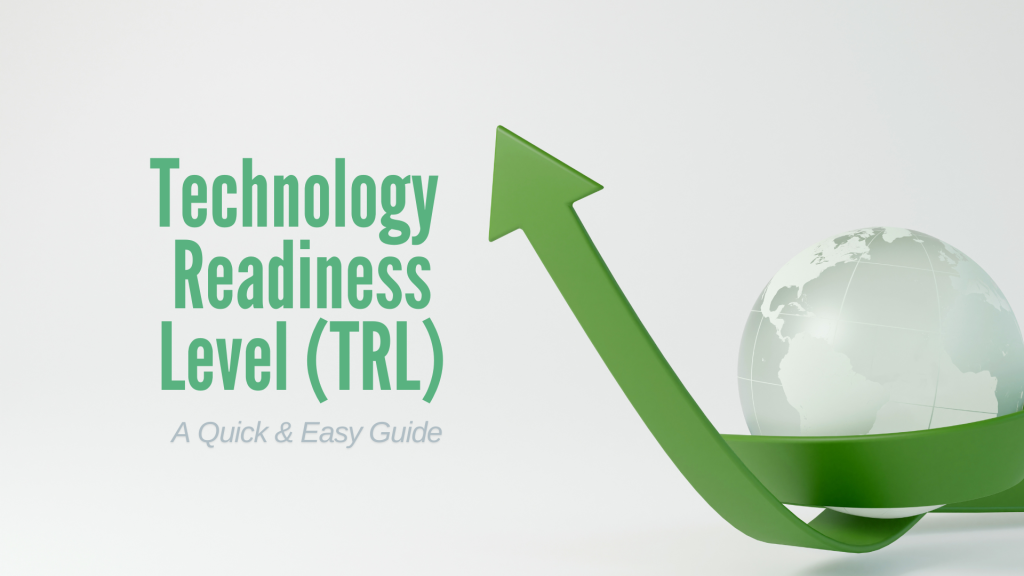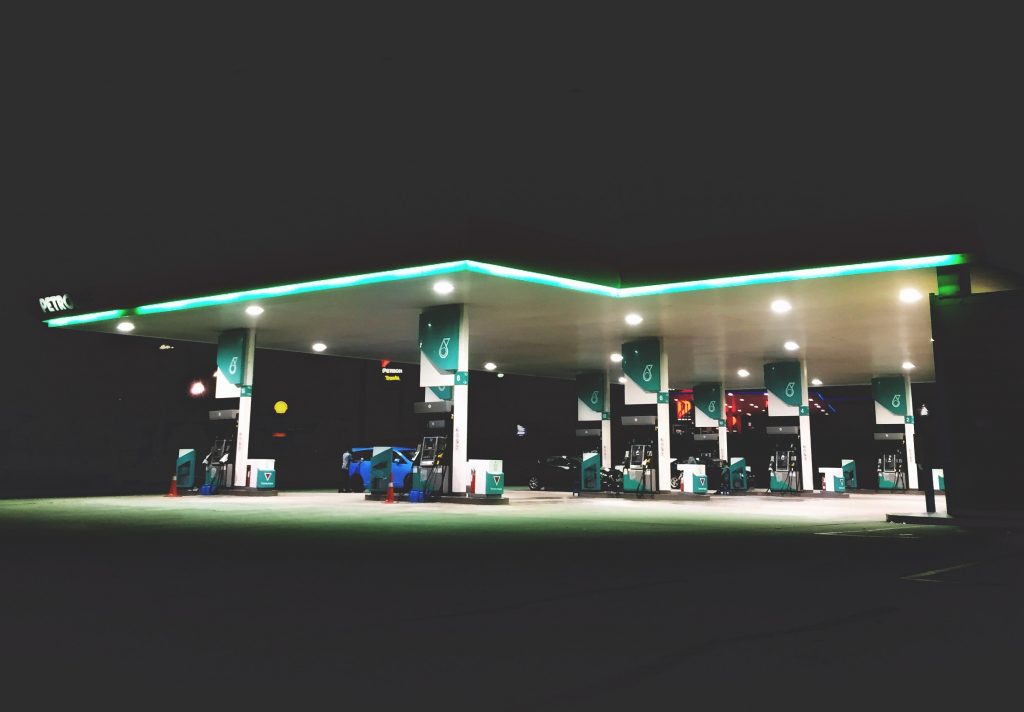When it comes to developing new technologies, how do we know when they are ready to be used in the real world?
That’s where Technology Readiness Levels (TRL) come in.
This system helps researchers, businesses, and governments measure how mature a technology is, from the idea stage to full deployment.
Think of it as a checklist that tracks how far an invention has progressed.
In this blog, we will explore what TRL is, how it works, and why it’s important, especially for funding agencies in Malaysia, such as the Ministry of Science, Technology, and Innovation (MOSTI).
What is TRL?
Technology Readiness Level, or TRL, is a scale that measures the progress of a technology during its development. The concept was first introduced by NASA in the 1970s to assess space technologies. Today, it is used worldwide in many fields, from engineering and health to agriculture and information technology.
The TRL scale has nine levels, starting from the basic research phase (level 1) to a fully operational system (level 9). Here’s a quick breakdown:
Level 1: Basic principles are observed.
Example: Scientists discover a new material that reacts uniquely to solar energy.
Level 2: The technology concept is formed.
Example: Researchers propose using this material to create a highly efficient solar panel.
Level 3: Proof of concept is demonstrated.
Example: A small model of the solar panel is built and successfully generates electricity in a lab.
Level 4: The basic prototype is tested in a lab.
Example: A larger prototype is created and tested under controlled conditions, such as varying light intensities.
Level 5: The prototype is tested in a simulated environment.
Example: The solar panel is tested in an environment simulating outdoor conditions, including heat, wind, and humidity.
Level 6: The technology is tested in a relevant, real-world environment.
Example: The solar panel is installed on rooftops in a small community for testing and feedback.
Level 7: The system is demonstrated in its final form in an operational environment.
Example: A fully functional solar panel system is deployed in a large commercial building.
Level 8: The technology is proven to work in its final form.
Example: The solar panel meets all performance requirements and undergoes final certification tests.
Level 9: The technology is fully operational and ready for use.
Example: The solar panels are mass-produced and sold to consumers globally.
Why is TRL Important?
Understanding the readiness level of a technology is crucial for several reasons:
- Helps to Plan Development
Developers can identify what steps they need to take next to improve the technology.
- Supports Decision-Making
Investors and funding agencies can use TRL to decide whether a technology is ready for investment or needs more work.
- Reduces Risks
Knowing the readiness level helps minimize risks by identifying weaknesses before moving to the next stage.
TRL and Malaysian Funding Agencies
In Malaysia, government agencies and research organizations use the TRL framework to evaluate projects and provide funding.
MOSTI (Ministry of Science, Technology, and Innovation)
MOSTI supports research and development (R&D) projects across various industries. To qualify for funding, applicants often need to specify the current TRL of their project.
For example:
- If a project is at TRL 3, funding might focus on improving the prototype.
- For projects at TRL 6 or higher, funding might support testing in real-world conditions.
MOSTI’s Grants e-Dana often require TRL as part of their evaluation criteria.
Other Agencies Using TRL
- MDEC (Malaysia Digital Economy Corporation): Supports digital and IT projects.
- MTDC (Malaysian Technology Development Corporation): Offers funding for commercialization (typically TRL 7-9).
- Cradle Fund: Provides grants for start-ups to develop their products further.
How TRL Helps Innovators and Businesses
For innovators, TRL provides a clear path to turn ideas into marketable products. Imagine you are working on a new type of eco-friendly packaging:
- At TRL 1-3, you would focus on research and proving the concept.
- At TRL 4-6, you would build and test prototypes in labs and real-world conditions.
- At TRL 7-9, you would refine the product for mass production and sale.
Funding agencies like MOSTI can support you at different stages, ensuring your product is ready for the market.
Tips for Innovators Applying for Funding
- Understand Your TRL
Be clear about which TRL your project falls into. This will help you find the right funding opportunities.
- Prepare a Strong Proposal
Include details about your TRL, how you plan to advance to the next level, and why your technology matters.
- Work with Experts
Collaborate with researchers, engineers, or consultants to ensure your project meets the technical and business requirements.
- Follow Guidelines
Agencies like MOSTI and Cradle Fund often have specific requirements. Make sure you read and follow their application guidelines.
Conclusion
Technology Readiness Levels are a simple but powerful tool to measure how ready a new invention is for the real world. Whether you’re an innovator, a business owner, or someone curious about technology, understanding TRL can help you see the steps in turning ideas into reality.
In Malaysia, agencies like MOSTI, MDEC, and MTDC use TRL to guide funding decisions, ensuring that innovative projects are supported at the right stage. If you’re working on a new idea, knowing your TRL could be the first step to securing support and making a difference.
Remember, every great invention starts as a simple idea. With the right steps and support, your idea could become the next big thing!



